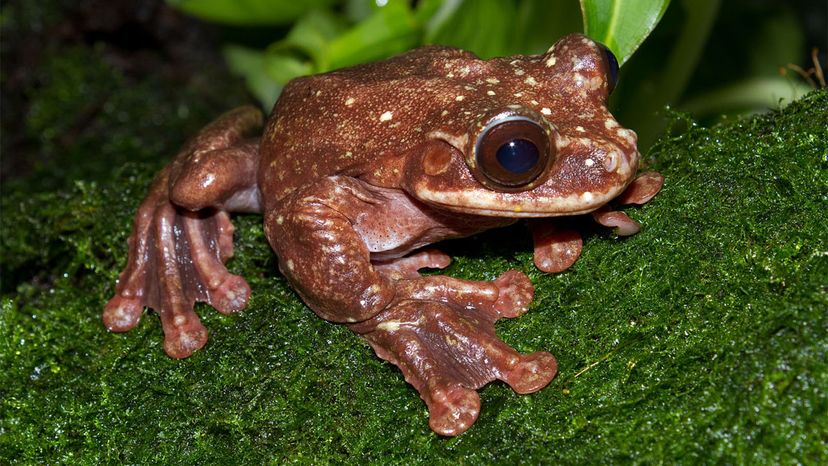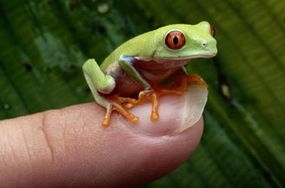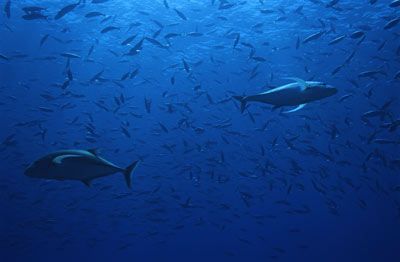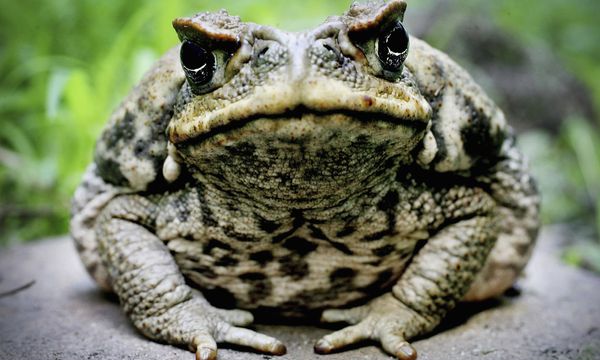
Frogs are like other animals — they need food, a place to live, protection from disease, a safe place to raise babies and all the other things that make life possible on this planet. But the class of animals that survived the Cretaceous-Palaeogene extinction event that killed off 75 percent of all plants and animals on the planet (including the dinosaurs) is now shedding species at an alarming rate — the world has lost around 200 frog species since the year 1970. Some are calling frogs the "canary in the coal mine," claiming that they might have a special sensitivity to pollutants, disease and habitat change. But remember: 66 million years ago, frogs survived what many groups of animals couldn't. So, why are we losing the world's frogs now?
The short answer is, frog species are tanking for the same reason most other animals are disappearing: They don't have anywhere to live.
Advertisement
"But that's not true!" you say. "There are some woods outside my house some frogs can live in!"
Well, that's very nice of you to offer, but here's the thing about frogs and other amphibians: They have what's called "high species turnover," which makes it difficult for them to set up shop just anywhere.
"Species turnover is a way of thinking about diversity," says Dr. John Maerz, professor of vertebrate ecology in the Warnell School of Forestry and Natural Resources at the University of Georgia. "Imagine you are walking from an area with species A. How far would you have to walk before species A would be replaced by species B? The longer the distance, the lower the turnover rate. Amphibians have high turnover — in mountainous regions, particularly in the tropics, you can have species that are unique to a small geographic area like a single mountain range, so any loss of habitat has a relatively higher risk of causing that species to decline or go extinct."
Advertisement


